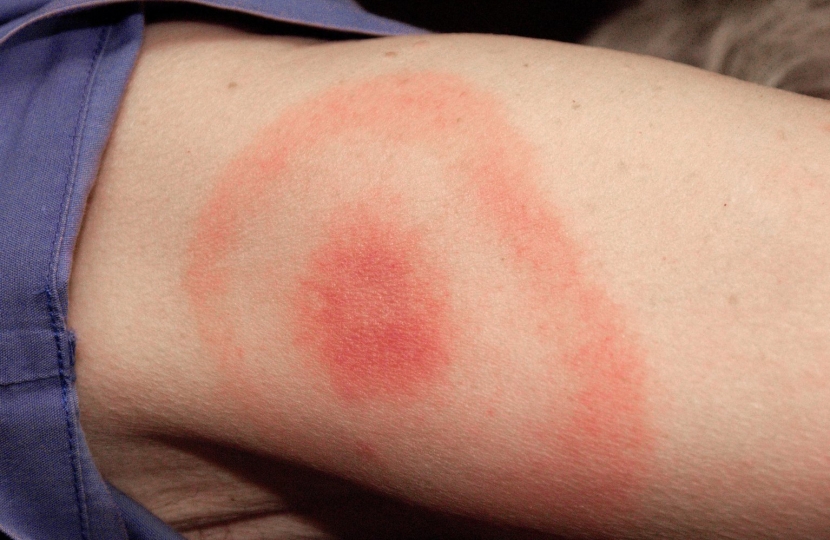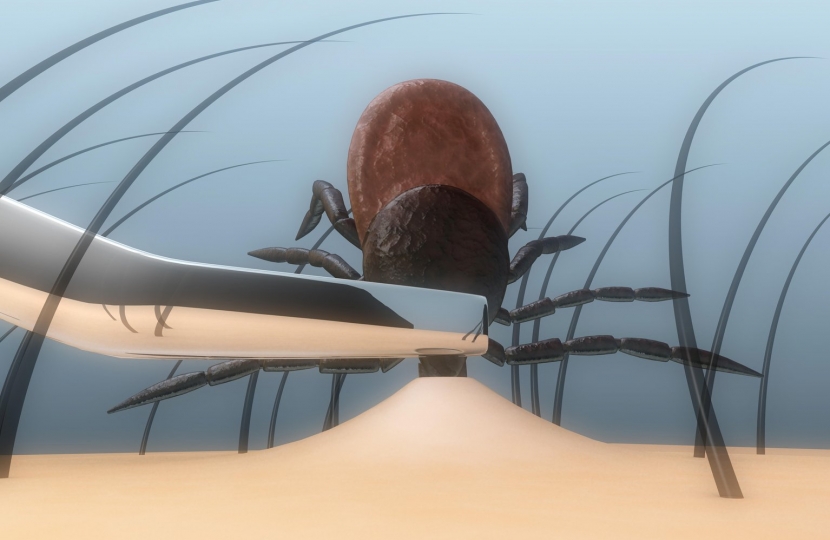I have had residents contact me saying they had been bitten by ticks in the long grass. As we are well aware the council is not cutting much of the parkland and street verges since its bankruptcy.
Whilst it is good for the wildlife and butterflies in some areas it can be dangerous for reasons more than just not being able to see clearly when at road junctions. Dogs in particular are susceptible to picking up ticks but the fact that more residents are presenting with rashes and problems due to ticks concerned me so I have raised this matter with Rachel Flowers, the Council’s Director of Public Health.
Lyme disease is a bacterial infection that can be spread to humans by infected ticks. It's usually easier to treat if it's diagnosed early. Unfortunately, Rachel informs me that Lyme disease or in fact the presentation of ticks is not a notifiable disease.
Symptoms of Lyme disease
Many people with early symptoms of Lyme disease develop a circular red skin rash around a tick bite as identified in the photograph. The rash can appear up to three months after being bitten by a tick and usually lasts for several weeks. Most rashes appear within the first four weeks. The rash is often described as looking like a bull's-eye on a dartboard. The skin will be red and the edges may feel slightly raised.
Worryingly not everyone with Lyme disease gets the rash so it is not always easy to identify. Some people also have flu-like symptoms in the early stages, such as: a high temperature, or feeling hot and shivery, headaches, muscle and joint pain, tiredness and loss of energy. Fortunately, most tick bites are harmless. Only a small number of ticks are infected with the bacteria that cause Lyme disease. A tick bite can only cause Lyme disease in humans if the tick has already bitten an infected animal. But it's still important to be aware of ticks and to safely remove them as soon as possible, (as per the photograph) just in case.
Ticks that may cause Lyme disease are found all over the UK, but high-risk areas include grassy and wooded areas in southern England and the Scottish Highlands.
If you think you have been bitten or need to remove a tick and are concerned do contact your GP.





